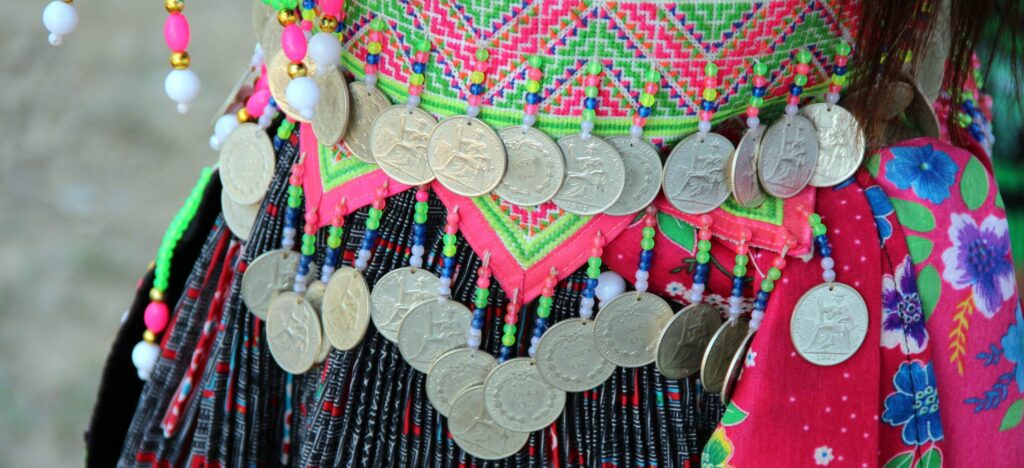
Most Hmong American families came to this country with very minimal worldly possessions other than clothing
and a few documents. However, these few possessions help tell the Hmong story of escape, resettlement, and the
new life in a strange land, and therefore deserve preservation either at home or in an institution such as Hmong
Archives. To help with preservation at home, follow the guidelines below and go online, or to your local library
or state historical society for more help. In Minnesota, check out www.mnhs.org, then “resources” and
“conservation” for information. Here are some guidelines to preserve older technology materials.
TIP: Look for “archival” labels at office supply and big box stores. All storage should be in acid-free containers in
cool, dark, and dry places, NEVER in attics, basements, or garages.
LETTER AND PAPERS
Supplies: lead pencil, white eraser, archival sleeves, acid-free folders and boxes, white cotton gloves
First, get organized by collecting together all letters, diaries, certificates, invitations, announcements, newspaper clippings, etc. Then decide what you want to keep, and sort the keepers by types. In pencil, write the author/photographer and date on any item (top or back side) missing that information. Keep your hands clean as you remove all rubber bands or metal (paper clips, staples, pins) and unfold all papers flat. Keep envelopes with letters; put damaged papers in archival sleeves; and photocopy newspaper clippings. Label in pencil the file folders and boxes (or metal file cabinets/boxes) clearly with names, types, and dates (for example: Kou Xiong, letters, 1995-1999). Store in cool, dry, dark places. Any displayed documents should be away from direct sunlight, and preferably in metal frames with acid-free backing and matte so they do not touch the glass. Consider making and framing a copy rather than the original. Also consider scanning for a digital record for copies to family and friends.
PHOTOGRAPHS AND HMONG MOVIES
Supplies: soft lead pencil (#2 or #6), white eraser, black permanent marker (for negative containers), white cotton gloves, archival (polypropylene, polyethylene, polyester, or acid-free paper) albums or boxes, CDs, DVDs. AVOID vinyl and glue strip albums
Photographs and home movies are important pieces of family history that bring stories and memories to life. First, with your gloves, handle all items by their edges, sorting them by year or memorable event. Next, on the backs of photos, pencil who, when, where, what, why, then sort by person, subject, or year for filing in archival albums or boxes, and storing in a dark, dry, cool space.
